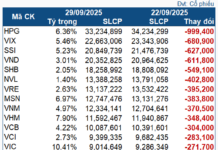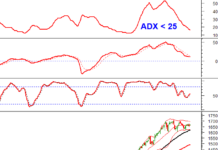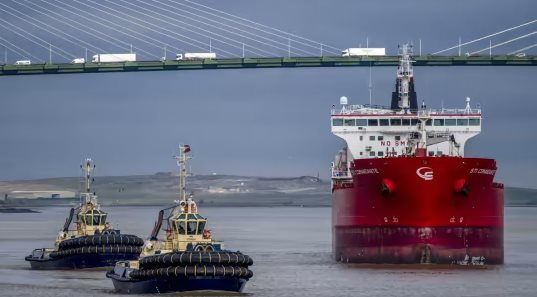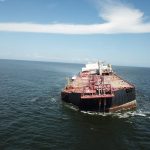
Illustration
The Asya Energy vessel, part of a shadowy fleet assembled by Russia to transport gas to willing buyers, is now heading west after satellite images showed it appearing at the Arctic LNG 2 plant last weekend.
Traders are closely watching activities at this plant, which was hit with sanctions last year to hinder Russia’s LNG exports. However, a tanker that departed the plant earlier this month indicated that Russia has been circumventing restrictions by using its shadowy fleet.
The Asya Energy previously gave away its position while circling the Barents Sea for over 10 days to conceal its whereabouts. The destination of the vessel and the buyer of its cargo remain unclear.
“It’s interesting to see that despite the conflict in Ukraine, Russia is still progressing with LNG. Moscow seems to be replicating its oil strategy – using a shadowy fleet to send goods to friendly nations,” said Oystein Kalleklev, CEO of shipping company Flex LNG.
Kalleklev added, “We think the Russians will also quickly find willing buyers for this LNG volume.”
Earlier, the first LNG tanker from the Arctic LNG 2 project, named the Pioneer, was last tracked in the Mediterranean. It is believed to be part of Russia’s shadowy fleet strategy to maintain LNG exports amid tightening sanctions.
Ownership of some of these ice-breaking LNG tankers has been transferred to little-known entities, mainly in Dubai’s free trade zones, allowing them to operate under the radar. This strategy enables Russia to continue exporting LNG despite US sanctions and recent EU measures prohibiting new investments and the transit of Russian LNG.
With global LNG demand remaining strong, Moscow is betting on these covert operations to keep its energy business afloat.
An analysis earlier this summer revealed that little-known shipping companies operating from Dubai’s free trade zones had taken ownership of at least eight vessels earlier in the year, including four large LNG carriers that received Russia’s approval to traverse the Arctic route.
According to the analysis, some of the tankers with new ownership don’t have listed insurance companies, a clear indication that they are part of the shadowy fleet.
Charter rates have also surged, with daily rates climbing from $80,000-$85,000 to predicted rates of $130,000-$140,000 for the peak winter season in Q4 2024.
According to Oilprice
Vietnam’s Capital Mega Container Ship owned by German shipping company: The world’s largest class ship with a payload of 225,000 tons, carrying billions of dollars worth of cargo sailing around the globe.
Hapag-Lloyd is the largest container shipping company in Germany and is the fourth largest in the world, following COSCO, Maersk Group, and China State Shipbuilding according to the Fortune Global 500 list.
A Trillion Dollar Product Helps Russia Make Unprecedented Cash Wealth
Russia is flush with unprecedented amounts of cash thanks to the sale of a billion-dollar commodity.










































